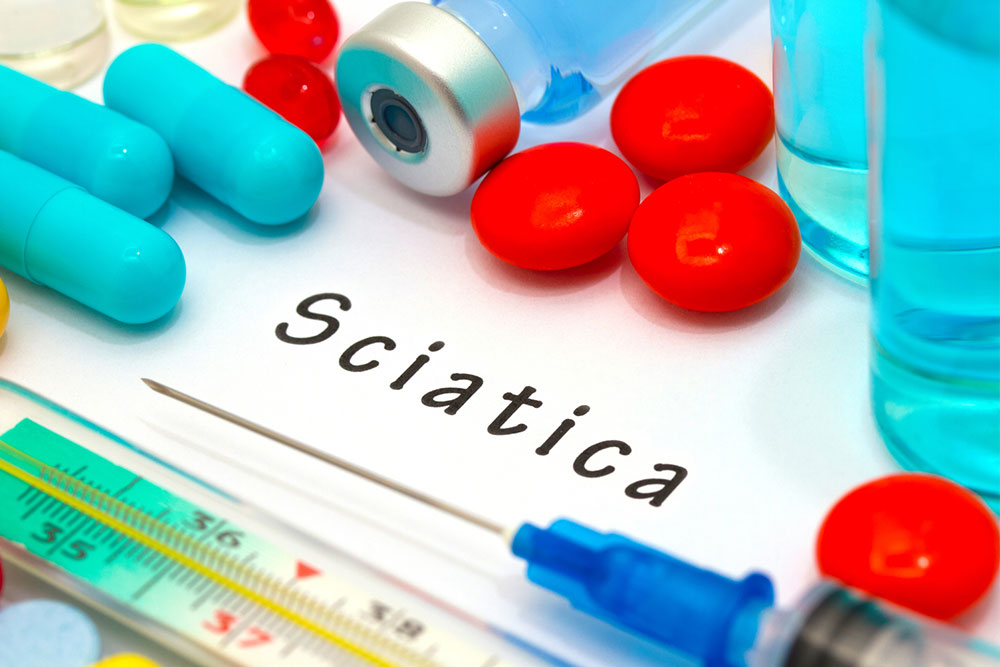Top Strategies for Alleviating Sciatic Nerve Pain
Discover effective strategies to manage and treat sciatica pain, including conservative therapies, medications, lifestyle changes, and when to consider surgical options. Learn how early intervention can improve outcomes and reduce discomfort.
Top Strategies for Alleviating Sciatic Nerve Pain
Sciatica arises from a herniated disc or nerve compression, leading to pain, numbness, or tingling that radiates down the leg. Prompt treatment can prevent symptom worsening. Management options include both conservative and surgical solutions. Surgery is reserved for severe cases with nerve damage or loss of function, such as limb weakness. Non-surgical methods encompass physical therapy, injections, and alternative therapies, often providing rapid relief within weeks. Persistent symptoms beyond eight weeks may require more comprehensive interventions.
Non-invasive Treatment Approaches
Physical therapy, injection therapies, and complementary modalities are common. Short-term relief typically occurs within four to six weeks, especially for acute episodes.

For ongoing sciatic pain lasting over eight weeks, treatment may involve more extensive measures.
Treatment Options for Sciatica
If basic self-care measures fail and pain persists, consulting a healthcare professional is essential for targeted treatment.
Medications
Doctors may prescribe anti-inflammatories, muscle relaxants, antidepressants, or anticonvulsants to manage pain.
Physical Rehabilitation
A trained physical therapist can develop a tailored exercise plan to strengthen back muscles, improve flexibility, and correct posture after acute pain diminishes.
Steroid Injections
Corticosteroid injections near the affected nerve can reduce swelling and relieve nerve pain. These are generally temporary solutions, with limited injection frequency to prevent adverse effects.
Surgical Intervention
Heavily indicated when nerve compression causes significant weakness, loss of bladder or bowel control, or worsening pain resistant to conservative treatment. Surgery involves removing herniated disc material or bone spurs pressing on nerves.
Home and Lifestyle Remedies
Many individuals manage symptoms independently. While rest can be beneficial, excessive inactivity might intensify discomfort.
Additional self-care options include:
Cold Therapy
Applying an ice pack or frozen peas wrapped in a towel to the painful area for up to 20 minutes can provide initial relief.
Heat Therapy
After a few days, gentle heat from a heating pad or hot pack can reduce muscle tension. Alternating between hot and cold packs may enhance comfort.
Stretching Exercises
Gentle stretches targeting the lower back can alleviate nerve compression. Hold stretches for at least 30 seconds without bouncing or twisting.
Over-the-Counter Pain Relief
Medications like NSAIDs can help manage severe leg pain accompanying sciatica, depending on severity.
Alternative Therapies
Various non-conventional treatments are used for lower back discomfort:
Acupuncture
Needle insertion at specific points may ease pain, though effectiveness varies. Ensure treatment is performed by a licensed acupuncturist.
Chiropractic Care
Spinal adjustments aim to restore mobility, reduce pain, and address underlying issues like herniated discs or spinal stenosis. Proper manual manipulation is generally safe and may promote healing.
Massage Therapy
Deep tissue or therapeutic massage can enhance circulation, relax tense muscles, and release pain-relieving endorphins.
Epidural Steroid Injections
Targeted injections may help inflammatory conditions like disc herniation or spinal stenosis, reducing pain and swelling for relief.
Early intervention significantly improves prognosis. Costs vary depending on chosen treatment options.










